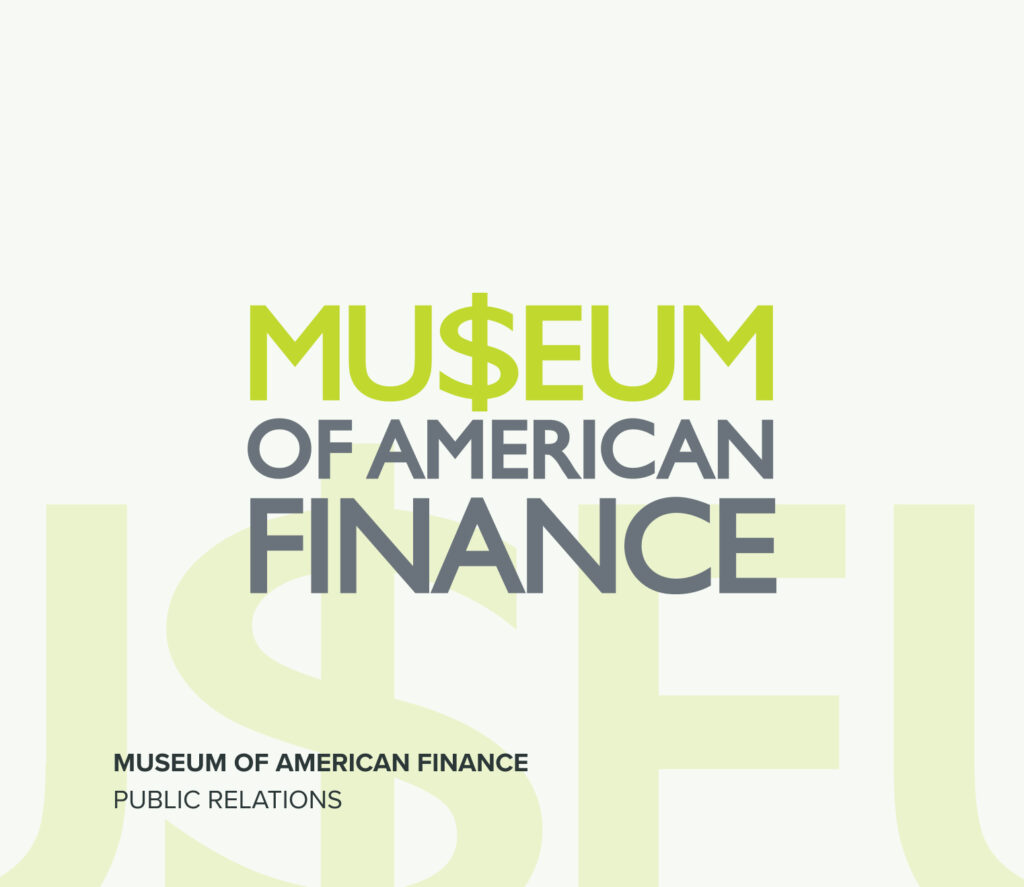How Disruptive is AI Economically?No doubt about it. Artificial intelligence (AI) is new, exciting, promising, and frightening. But it is less new of an economic event than it might at first seem. Just like AI, every technological stride for decades now (maybe centuries) has also unleashed waves of public hope and fear – hopes of an easier and richer future and fears that this advance will put everyone out of work or worse. Today, all this same emotion joins with another hot issue: income inequality. The pessimists have noted how past technological waves – computerization, for instance, and the widespread use of the internet – have contributed to increased income and wealth inequalities. They see AI greatly widening this unfortunate divide. The optimists insist that this technological wave will be different. On balance, history gives the pessimists the edge in this debate, but there can be little doubt that the nature of AI will burden different groups in society than have past technological advances. There is also reason to dismiss the most dystopian scenarios circulating presently. Leading the charge of the AI optimists is MIT Professor David Autor. His past work has documented how technological change has widened income disparities, but he sees AI as different. In an eloquent article in Noema Magazine, he notes that younger, less experienced workers rely on AI more than older, more experienced workers and thereby gain more from it. He concludes from this that AI will enhance the productivity of novice workers most. And since economic logic holds that wages follow productivity, he further concludes that this technological advance will give the less skilled and less experienced the greatest income boost. Hence, he expects income disparities to narrow. Autor’s picture of the future certainly has a lot of appeal, but there is more to consider. Past technological waves also brought the greatest benefits to younger, less experienced workers. But for every member of this group that it gave greater productivity and higher wages, the technology replaced others, sometimes many more. Those who stayed on the job did do better, but those who lost out did not. As a segment of society, the younger, less experienced, and less educated suffered a relative income reverse. Robotics on the shop floor, for example, replaced a lot of line workers. Those few who kept their positions – usually because of special technical skills – did better. So did top executives because fewer line workers made fewer demands on the firm’s total revenue. The same thing repeated with office workers and in retail spaces. Electronics replaced people and gave more income to the technologically adept and the executives. Noting similar trends in his earlier work, Autor concluded that technological strides over the last 40 years have contributed some 50-70 percent of the striking increase in income inequality that has occurred during this time. The remainder of the widening has been attributed to globalization, which has had similar effects by replacing American line workers with cheaper foreign workers. It would be a mistake, however, to draw too firm a line between the effects of technology and globalization, since it is largely because of technology that firms can manage global production and sales efforts without a legion of middle managers that would have been required in the absence of advanced systems and communications arrays. If this general picture of past technological advances is as likely with AI, there is reason to see its benefits and ill effects impact different groups in the workforce than did past waves. General computerization and the internet had their most devastating effects at lower reaches of income distribution – production line workers and clerical staff in offices and retail outlets – whereas AI mostly threatens middle-skill workers. No doubt AI will enhance the systems that replace clerical workers and the robotics that replace production-line workers, but in these areas, it would seem, most of the damage has been done. AI will also enhance the ability of firms to globalize, but not as dramatically as did the applications of the internet and computer systems. Already a small coterie in headquarters can manage a global operation. How much smaller can it get? Meanwhile, at the lowest reaches of the income distribution, technology, including AI, can have little effect. It is, the engineers say, impossible to teach a computer, even with AI, to fold laundry or bag groceries. AI’s greatest applications emerge in areas not inhabited by clerical staff or production lines. The AI experts tell us that they concentrate in areas such as law, software engineering, customer service, management consulting, and workers involved in professional writing. All these areas use entry level people to do simple research, as in the case of new legal associates assigned the dreary task of what lawyers call “discovery.” There are equivalents for software engineers and management consultants. New hires take care of routine customer service. AI can make these jobs less tedious and make these entry level people more productive. It can also replace many of them, including, it seems, the writers and other career opportunities in the middle-skill positions. These effects may narrow income disparities between lower-level workers and middle-level workers, but, as with other technological advances, they should widen the gap between both these groups and those at the top, who benefit whenever machines and systems replace employees. If the application of past experience leans toward the pessimistic side of the income equality debate, it can nonetheless dispel some of the more frightening scenarios associated with AI. In these, some people, many of them tech executives, see AI as so effective at replacing people that it causes mass unemployment, burdening society with an army of unemployable people. Often these futurists urge the adoption of a universal basic income (UBI) to cover the life needs of this sad group. In the face of such a dystopian future, it is, however, comforting to recall that such predictions also accompanied past technological advances. Those advances did cause hardship in many quarters, but matters never reached the forecasted extremes. Take the beginnings of robotics in the 1960s. When this trend developed, it became popular to worry over what people then referred to as “automation.” At the time, a large group of academics, including several economics and scientific Nobel laureates, issued a report that identified the “new kinds of automation” as having “broken” the once-secure “link between jobs and incomes.” President John F. Kennedy picked up on the theme and warned how automation, among other things, pointed to a future haunted by the “dark menace of industrial dislocation, increasing unemployment, and deepening poverty.” Presidents Lyndon Johnson and Richard Nixon were so worried that separately they floated the idea of a UBI. But new jobs, many of them a byproduct of new technological capabilities, gradually relieved these concerns, and nothing came of either presidential proposal. A couple of examples should suffice to describe this phenomenon. The internet, for instance, even as it facilitated globalization, also enabled the rise of next day delivery services such as FedEx and the growth of an industry that today employs millions. The computer systems that put office clerks out of work, enabled firms to offer more services to the middle class, services that were formerly available only to the super rich at exorbitant costs and that with the help of computerization employed many more than previously. The same “automation” concerns re-emerged in the 1990s when use of the internet became more widespread, and the same tendency to create new jobs put those fears to rest. It is a good bet that even in the face of AI, the same relief will see an end to today’s most extreme concerns. No doubt, much about future AI developments and their economic impact remains unknown and will remain unknown for some time. That is the nature of new technologies. But past such waves do offer a way to limit the number of unknowns if not eliminate all the mysteries. These warn on the one hand against the extreme optimism of Professor Autor and his followers and also about some of the more frightening forecasts as well. |
How Disruptive is AI Economically?
Milton EzratiChief Economist


